
Rugby World Cup: Red card rules explained
Refereeing, head collisions and player safety again made the headlines on the opening weekend of the Rugby World Cup with a number of contentious incidents. The most high-profile came on Saturday when an England player was shown a red card for the fourth time this year, as Tom Curry was sent off early in his side’s win over Argentina, following a head-on-head collision with Juan Cruz Mallia. However, apparent inconsistency among officials irked many, especially on social media, with other incidents of head contact across the weekend not being punished as severely. Later in that same match, Santiago Carreras only received a yellow card despite his leap in attempting to charge down a George Ford kick seeing his hip make contact with the England No 10’s head. During South Africa’s impressive 18-3 win over Scotland, Jesse Kriel’s tackle on Jack Dempsey in which his head clattered into that of his Scottish opponent wasn’t even reviewed by the TMO and hasn’t subsequently been cited, while Chile captain Martin Sigren was only sin-binned despite a head-on-head collision while tackling a Japanese attacker. But what are the laws around head contact and high tackles that referees are following and how do they decide on the punishment? Here’s everything you need to know: What are World Rugby’s laws on head contact? Head-on-head contact in the tackle comes under Law 9 of the Laws of Rugby Union, which covers foul play. Law 9.11 dictates “Players must not do anything that is reckless or dangerous to others, including leading with the elbow or forearm, or jumping into, or over, a tackler” and Law 9.13 goes on to say “A player must not tackle an opponent early, late or dangerously. Dangerous tackling includes, but is not limited to, tackling or attempting to tackle an opponent above the line of the shoulders even if the tackle starts below the line of the shoulders.” If a player breaks these laws and the act is deemed to be reckless or dangerous, then the referee is entitled to issue a yellow or red card. World Rugby also clarify the intent of the laws, stating in their guidelines that: “ Player welfare drives World Rugby’s decision making for zero tolerance of foul play, especially where head contact occurs. The focus must be on the actions of those involved, not the injury – the need for an HIA [a Head Injury Assessment] does not necessarily mean that there has been illegal head contact.” What are the punishments for head-on-head contact? Ok, this is where things get technical and debates start to occur. In March 2023, World Rugby issued their latest ‘head contact process law application guidelines’ to guide referees on whether foul play has occurred and how it should be punished. The referee has to go through a four-step process (detailed below) to determine the extent of the foul play and the sanction. The four steps are: Has head contact occurred? Was there any foul play? What was the degree of danger? Is there any mitigation? Step 1 (has head contact occurred?) is relatively straightforward, with head contact including the head and the face as well as the neck and throat area. If any head contact is made at all, we move on to Step 2. Step 2 (was there foul play?) is a touch more complex. The referees are told to consider whether the head contact was either intentional, reckless or avoidable – e.g. the defender is always upright. If it was, the tackler will be penalised and they move on to Step 3. However, if the head contact was deemed not to be foul play, the game continues. Step 3 (what was the degree of danger?) – judged from high to low – determines the initial punishment. A degree of high danger is judged on any of: direct contact rather than indirect, a high-force impact, a lack of control from the tackler, the incident occurring at high speed, the tackler leading with the head/shoulder/elbow/forearm or the tackle being reckless. If the referee judges there to be a high degree of danger, a red card will be shown. Meanwhile, low danger is judged as indirect contact, low force, low speed or no leading head/shoulder/forearm/swinging arm and a yellow card or even just a penalty to the opposition may be awarded. The final step, Step 4 (is there any mitigation?) determines whether the punishment can be reduced by one grade (i.e red card down to yellow card or yellow card down to just a penalty). Mitigation includes a sudden or significant drop in height or change in direction from ball carrier, a late change in dynamics due to another player in the contact area, a clear effort from the tackler to reduce their height or the tackler having no time to adjust. However, mitigation will never apply for intentional or always-illegal acts of foul play. What about the Foul Play Review Officer/Bunker review? Introduced for this World Cup was the Bunker review system. This allows the referee to issue a yellow card to a player, sending them to the sin-bin while play goes on, where a Foul Play Review Official (FPRO) will then take another look at the incident and determine if the yellow card should be upgraded to red, allowing the game to continue rather than a long stoppage to debate this. This is what happened to Curry against Argentina. The referee crosses their arms to indicate a Bunker review will take place. Once a player is in the sin-bin, the FPRO has up to eight minutes to review the decision and decide if it warrants upgrading to a red card. If not, the player will return to the field after their 10 minutes in the sin-bin has elapsed. Read More Tom Curry ban: How many games will England star miss after red card vs Argentina? ‘Ruining this World Cup’: TV presenter slams ‘grotesque’ refereeing as Wales beat Fiji George Ford plays the pragmatist as England finally come to the boil in Marseille cauldron South Africa explain use of signals during Scotland win National anthems are ruining the Rugby World Cup – they must be changed now Tom Curry banned after red card in Rugby World Cup against Argentina
2023-09-13 18:22
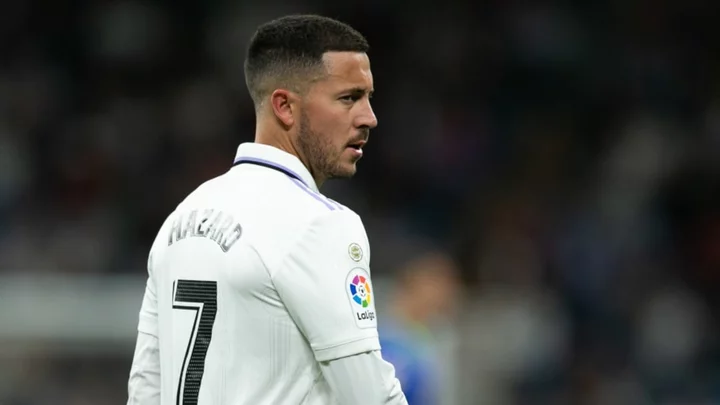
Free agent wingers Man Utd could consider signing
Weighing up free agent winger options for Man Utd amid uncertainty over Jadon Sancho & Antony.
2023-09-13 16:58
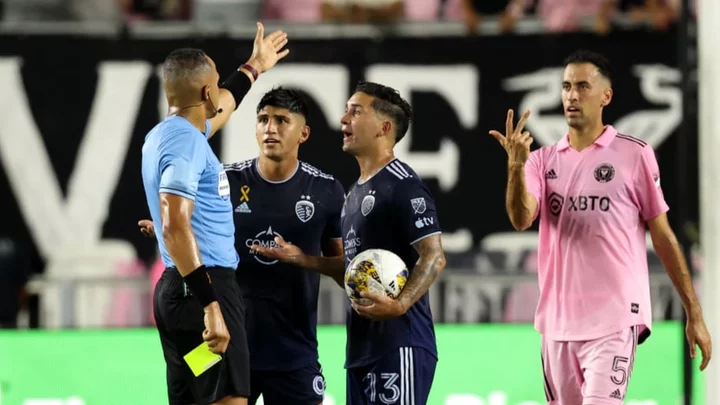
The best goals of MLS matchday 31 - ranked
Ranking the best goals from MLS matchday 31.
2023-09-13 02:53
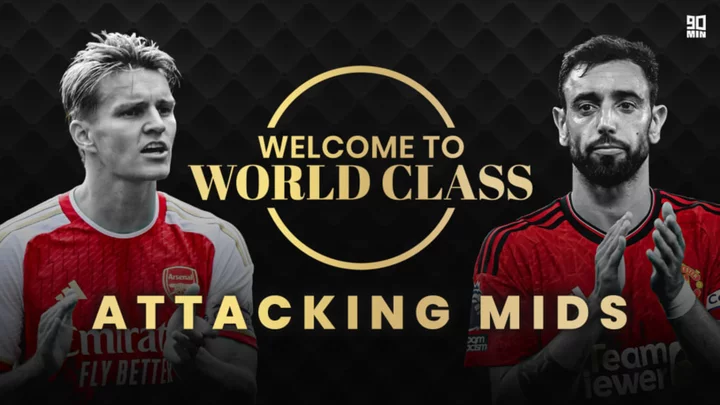
The 25 best attacking midfielders in world football - ranked
The best attacking midfielders in world football.
2023-09-12 23:21
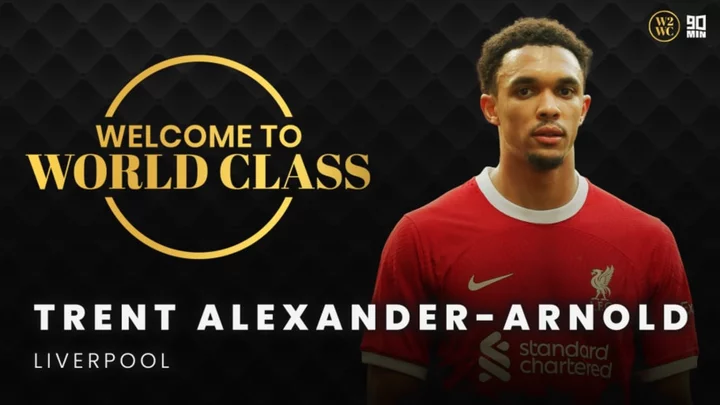
Why Trent Alexander-Arnold is world class
Neil Jones explains why Liverpool star Trent Alexander-Arnold should be considered world class.
2023-09-12 01:20
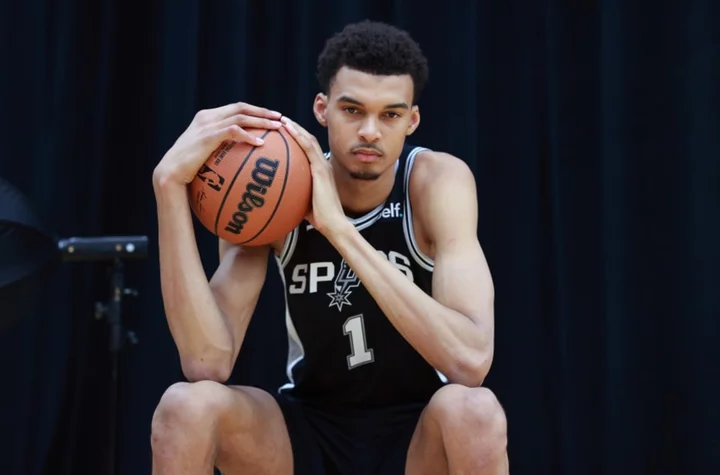
NBA rumors: Victor Wembanyama slated to start at the power forward position
An NBA insider has said that the number one draft pick is slated to start at the power forward position. What will the Spurs lineup look like with Victor Wembanyama at the 4?
2023-09-12 00:59
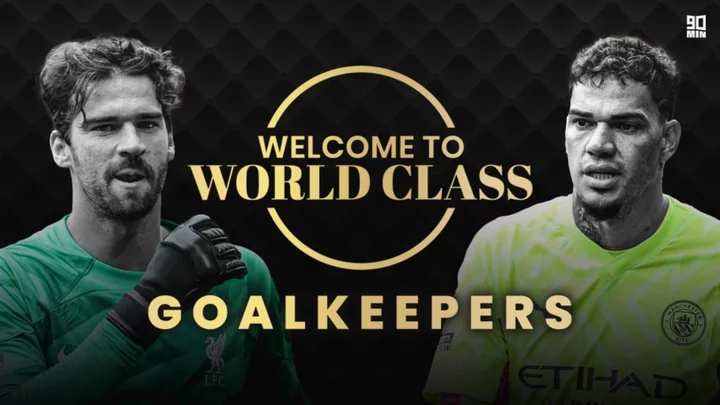
The 25 best goalkeepers in world football - ranked
90min runs down the best 25 goalkeepers in the world based on form and reputation.
2023-09-11 19:28
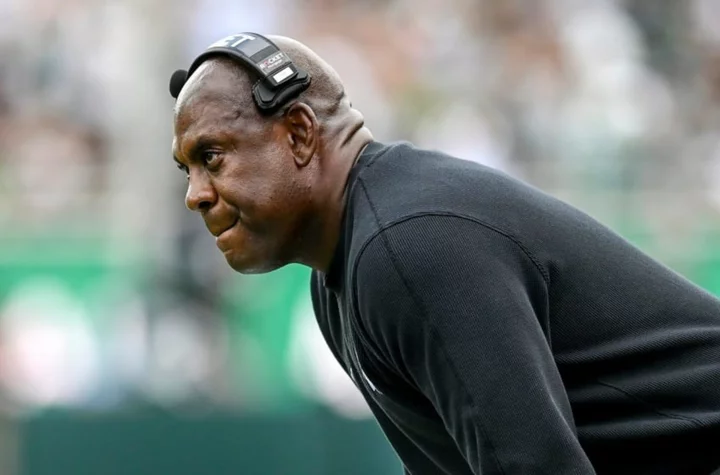
Mel Tucker fired? Everything to know about sexual harassment allegations at Michigan State
Michigan State reportedly fired Mel Tucker after explosive allegations of sexual misconduct by notable rape survivor and activist Brenda Tracy.
2023-09-11 04:59
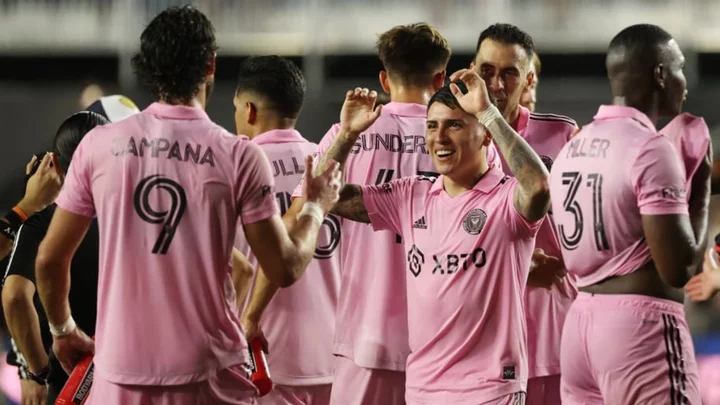
Inter Miami 3-2 Sporting Kansas City: Player ratings as Herons prove they can win without Messi
Inter Miami proved they can win without Lionel Messi, triumphing 3-2 over Sporting Kansas City at DRV PNK Stadium with goals from Leonardo Campana and Facundo Farias.
2023-09-10 10:18
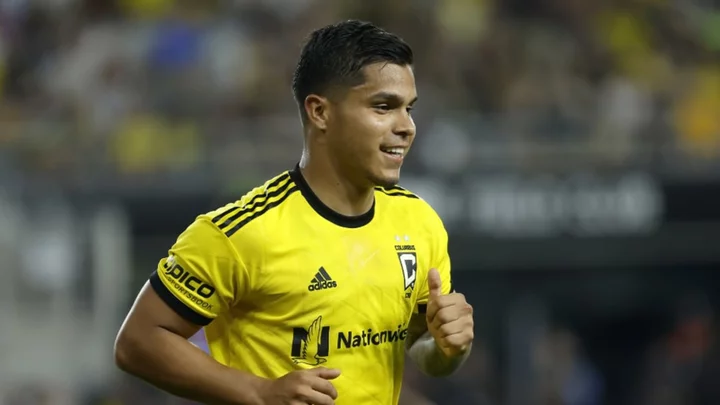
Top three players of MLS matchday 30 - ranked
Ranking the best players from MLS matchday 30.
2023-09-09 00:53
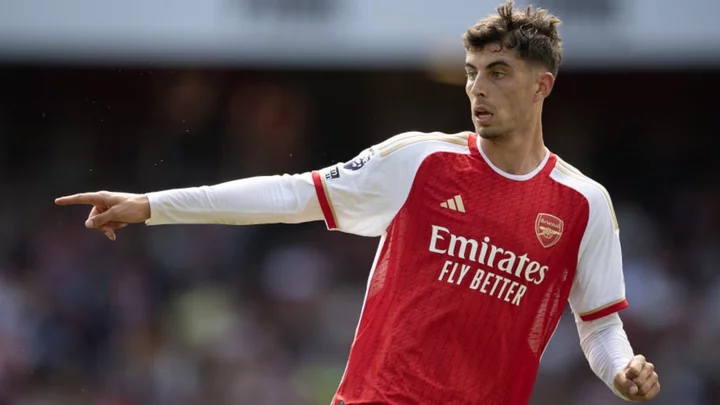
How Arsenal can make Kai Havertz work
What Arsenal and Kai Havertz can do to improve the performances of the £65m summer arrival from Chelsea
2023-09-09 00:29
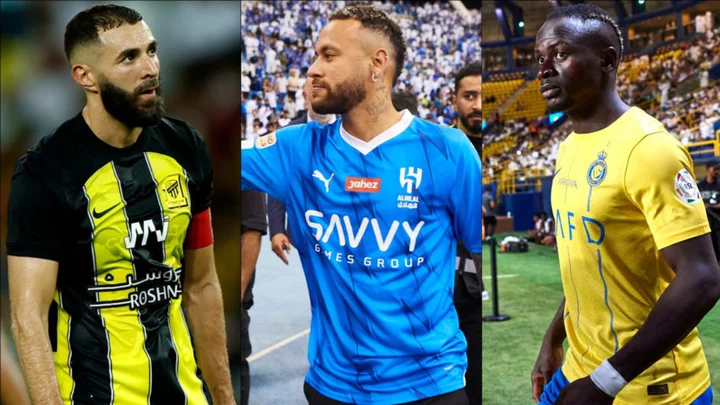
Every Saudi Pro League club's 2023 summer transfer window - ranked
Ranking all 18 Saudi Pro League clubs' 2023 summer transfer window.
2023-09-08 20:22
